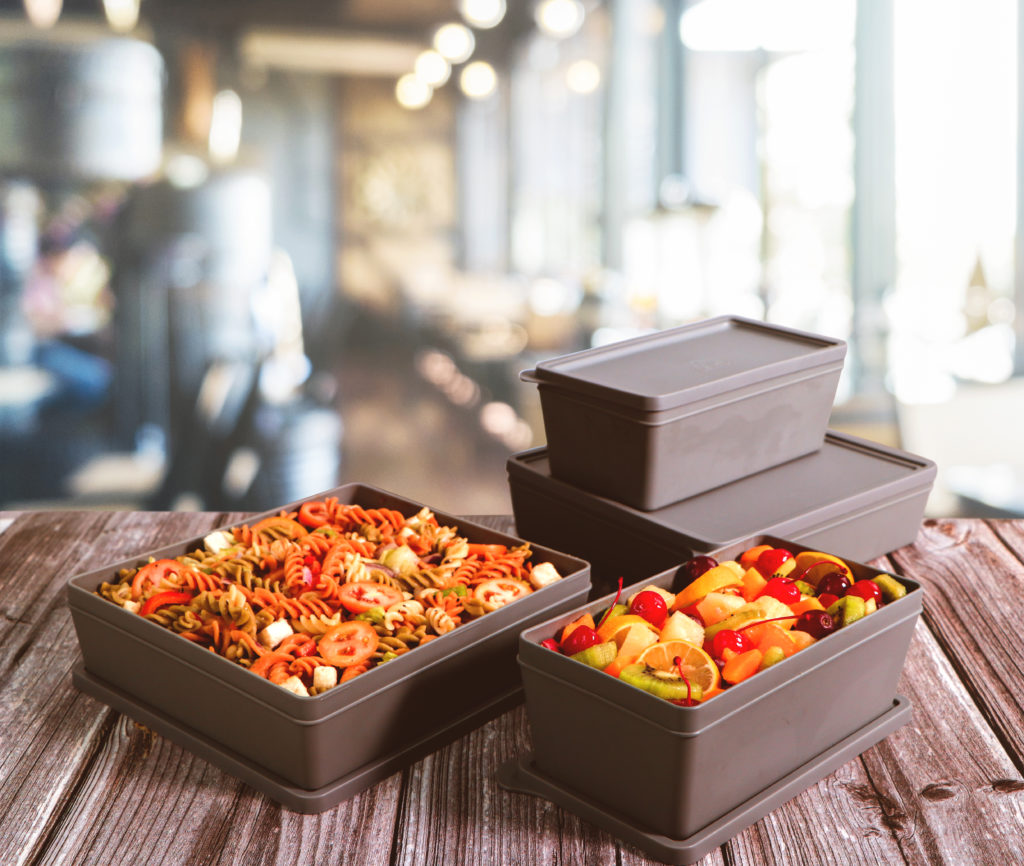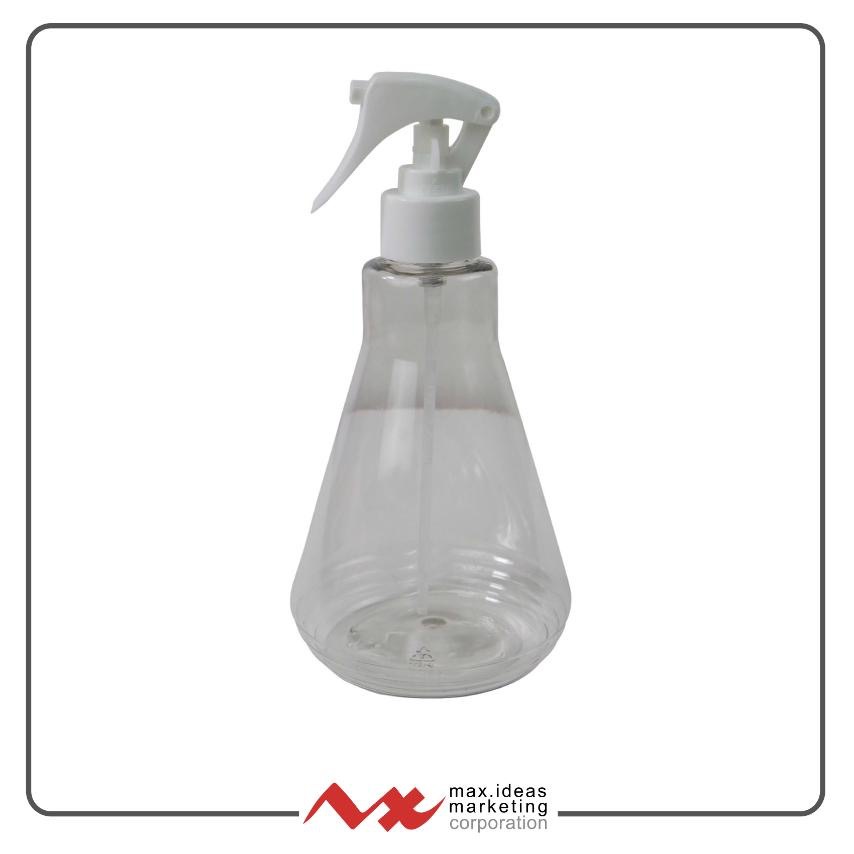The economy will have to reopen sooner or later—and so does your business. If you’re planning to revive your operations, you have to make sure it’s ready for the long haul. You don’t want to use up all your resources just to open for a few weeks and then close again.
Is your business ready? Here are a few things to keep in mind for your restaurant’s restart.
Asses your business model
It’s time to review your accounts and see how your business is faring in the crisis. Where are you now in the industry? What are the necessary pivots you need to take? How much funding do you need to revive your operations?
Update your financial statements so you can identify your losses and strategize how you can work with what you have. This will also allow you to assess how much change your business has gone through. Revisit your business model and evaluate its viability. From there, you can work on a rebuilding plan by plotting budget cuts, identifying competitors and studying shifts in consumer preference.
Fifty percent dine-in capacity doesn’t necessarily equate to 50 percent sales from dine-in. Customers often don’t want to wait anymore and would rather stay home to lessen the risk of contracting COVID-19. What you can do is increase delivery options outside the top courier companies since they take around 25 to 28 percent of sales. Set up your in-house delivery service or pre-order format. You can look into the market of workplaces and quarantine centers where you can offer packed meals or add cloud kitchens to beef up income.

Prepare your foodservice operations
Are you aware of the new protocols for businesses reopening amid the pandemic? Before you resume operations, make sure your restaurant has the necessary tools and equipment for a safe and virus-proof environment. Some companies, like Max Ideas Marketing Corporation, offer a wide range of products suitable for your business’ reopening.
Included in their product lineup are thermal scanners, foot baths, and alcohol spray bottles. You can station these by the entrance to ensure the safety of anyone who enters and leaves. Setting up money trays and sneeze guards on counters will also lessen physical contact.
For delivery, utilize to-go containers or reusable food containers such as bento boxes to lessen waste. Thermal bags, which will preserve the freshness of food orders while in transit, must also be regularly sanitized and disinfected. Whether you’re dine-in or delivery, your type of preparation and attention to detail will reflect on how much you’re willing to invest in the safety of your staff and customers.

Build your team
Bring back your employees if your operations permit it. You need support now more than ever in order to run a business in this new climate. As a manager, you have to provide them the reassurance they need as everyone is experiencing major life changes. Be attentive and sensitive to their emotions. One way to make them feel secure is by creating and promoting a safe and healthy workplace.
Max Ideas Marketing Corporation also has tools for employees who are either working in the front of the house, the back kitchen or the delivery team. Your employees must wear face shields while interacting with customers as well as put on gloves (and know when to change them) for proper handling of food and additional safety measures.

If your business can permit a work-from-home (WFH) setup, then do so to prioritize the safety of your staff. That said, a WFH arrangement still has its own set of challenges such as equipment and internet connection issues. A BPO survey found that the Philippines is not WFH-friendly due to lack of logistical assistance and added expenses, among others.
Make sure to keep team morale high since the crisis puts people under different emotional, social, and mental pressures. You can do this by maintaining connections without overstepping work boundaries, being sensitive to their feelings, and showing trust.
On the other hand, if your business needs manpower on site to operate, adapt a system that will tend to their urgent needs when working such as transportation and safety equipment.
Tap local programs
You can always use a little more help. Check government sites and institutions to see if they have any programs specific to your business. Disaster loan programs, business restart funds, and even online training are made available for entrepreneurs, especially for those struggling to cope with the pandemic.
You can look at the official websites of agencies such as the Departments of Trade and Industry, Labor and Employment, and Agriculture. The industry has a stronger sense of community now that businesses are seeking each others’ support.
Create a contingency plan
Now is the time when businesses need to work their way around the crisis. Observe how establishments are trying to pattern their operations after the current demand. Bars such as Oto and The Curator now offer home service while restaurants such as Shake Shack and Hapag provide DIY meal kits for consumers.
You’ve seen what COVID-19 has done to your business—now you have to make sure this doesn’t happen again. This won’t be the last crisis the foodservice industry will have to face so you might as well start crafting a more stable contingency plan in the new normal. You’ve probably learned a lot on how to handle these types of situations by this point. But, you can always do better.
A crisis-proof business plan can be tricky because you never know what’s coming but the few hassles of designing a solid system is a small price to pay for a stable future.





